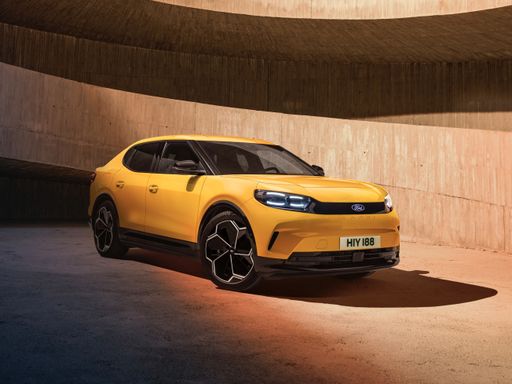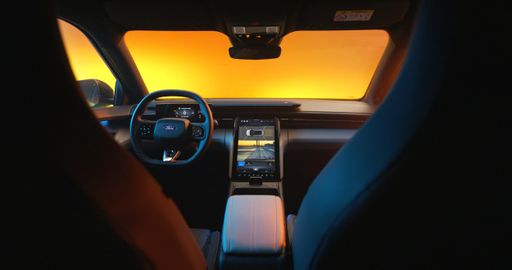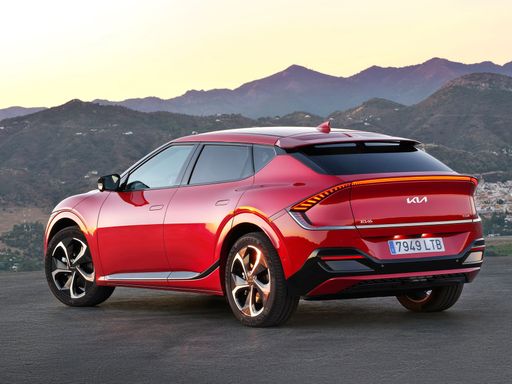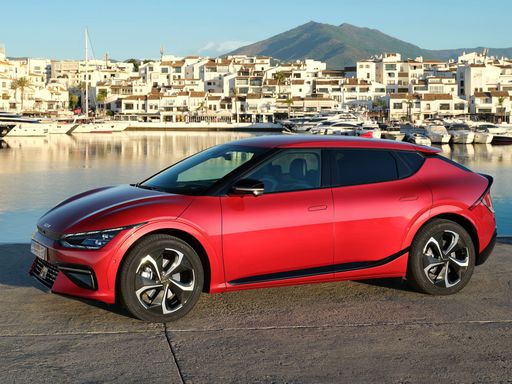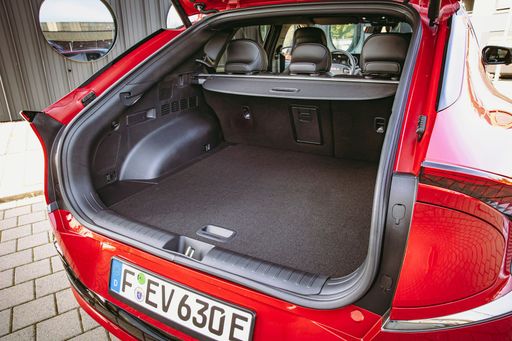Engine and Performance
The Ford Capri is available in both rear-wheel drive and all-wheel drive configurations, boasting power outputs ranging from 286 to 340 HP. The vehicle is engineered for swift acceleration, achieving 0 to 100 km/h in as little as 5.3 seconds. Its electric range stands out at up to 627 km on a single charge, making it ideal for long-distance travel. The Capri's larger battery options, with capacities of up to 79 kWh, contribute to this impressive performance. Additionally, with a curb weight of about 2098 kg, the Capri handles beautifully on the road.
On the contrary, the Kia EV6 also offers rear-wheel drive and all-wheel drive options, yet its power ranges from 170 to 325 HP. The quickest model can achieve 0 to 100 km/h in just 5.3 seconds, matching the Capri's top performance but with less overall output. Its electric range reaches up to 582 km, which is commendable but does not quite match the Capri’s capabilities. The EV6's curb weight varies between 1955 and 2150 kg, reflecting its design choices.


